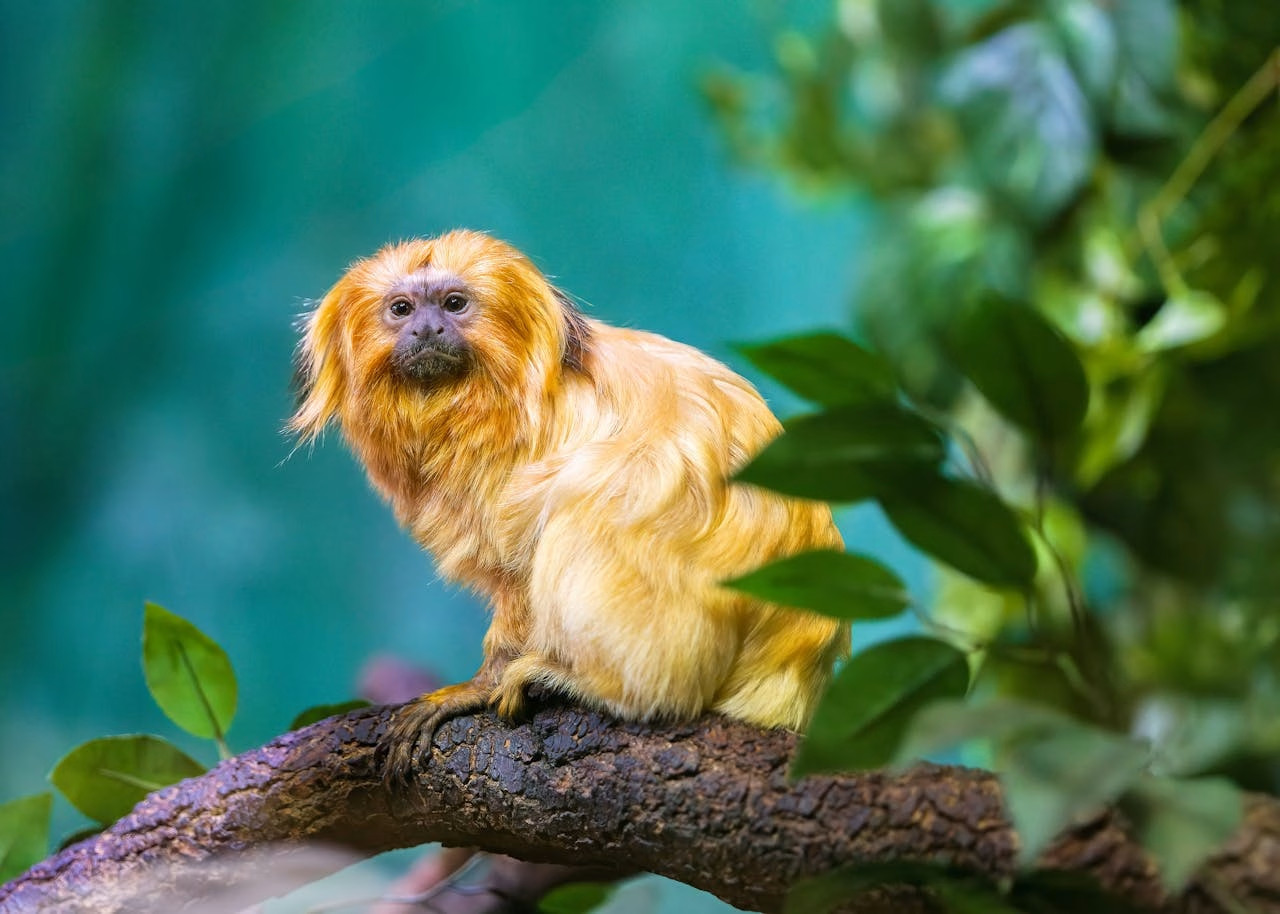In 2015, ZooParc de Beauval faced one of its most unsettling events. Seventeen golden lion tamarins, small, bright orange monkeys already endangered in the wild, were stolen in a nighttime break-in. For years, there was no trace of them. The story resurfaced when Slovak authorities recently discovered one of these monkeys living inside a private home.
This unexpected recovery shines a little light on a dark corner of wildlife trafficking and raises important questions about how stolen animals survive once they disappear from conservation programs.
A Rare Monkey Far From Home
The golden lion tamarin found in Slovakia was identified as one of Beauval’s missing primates. These monkeys are part of international conservation plans because their numbers dropped drastically in Brazil’s forests. Their survival depends on coordinated breeding programs, genetic monitoring, and well-protected habitats.
Seeing one of them appear in a private European home almost ten years later feels surreal. Golden lion tamarins need more than food. They depend on group life, natural humidity, constant movement, and a rich environment filled with branches, insects, and social interactions. None of this exists in a regular house or apartment.
Even though the monkey stayed alive, its natural instincts likely faded under isolation and limited stimulation.
Life in Captivity After a Theft
Authorities have not revealed much about the conditions in which the tamarin lived, but one fact stands out: it was kept illegally. Endangered primates cannot be owned privately in Europe without strict authorization, and golden lion tamarins are among the most protected.
Small primates often end up in illegal collections because they appear easy to handle. The reality is different. Tamarins suffer without their group, struggle with stress, and lose their natural behaviors when confined. Their emotional complexity makes private captivity harmful, even when people believe they are “taking care” of them.
The Beauval case gives us a rare look at the long-term consequences of wildlife theft. A monkey’s life was shaped for nine years by isolation instead of forest rhythms.
Returning the Monkey to Beauval
The tamarin is now under professional supervision. Before joining any group at Beauval, it must pass health checks and behavioral evaluations. Reintroducing a lone individual requires slow steps. Tamarins rely heavily on social harmony, so the team must observe how it reacts to others.
Some rescued primates adapt well after time and care. Others remain solitary. Beauval’s experts will decide the safest path once they understand its temperament.
What This Story Teaches Us
The recovery of this tamarin highlights a truth we often repeat on Pawlore: wild animals cannot become pets. Their instincts, social needs, and natural environments are too complex to recreate at home.
This discovery also reminds us that conservation progress is fragile. One stolen animal represents years of coordinated work. Still, finding even a single survivor brings renewed hope. It proves that every rescued life matters, and every recovery story strengthens the fight against illegal wildlife trade.
Related Posts:


